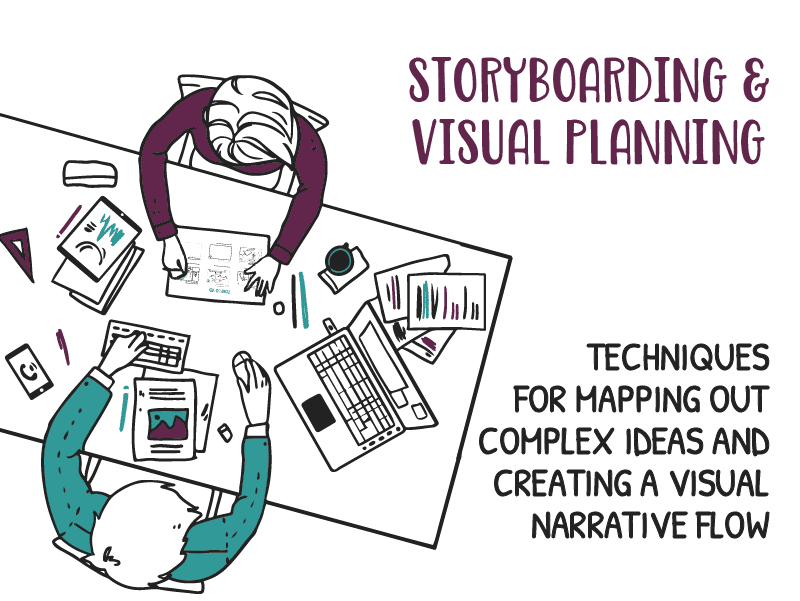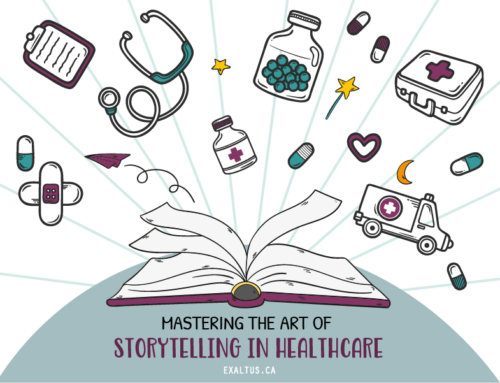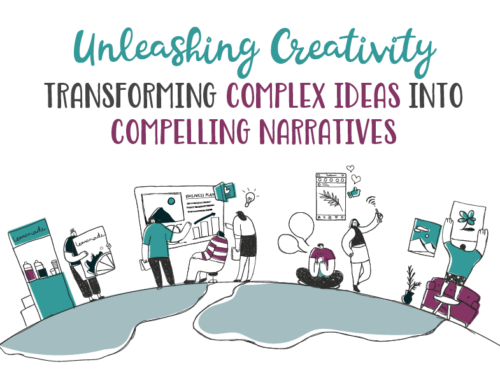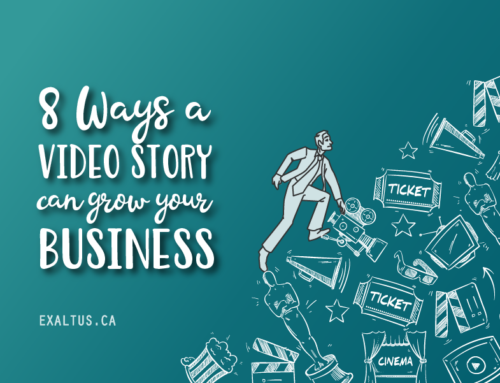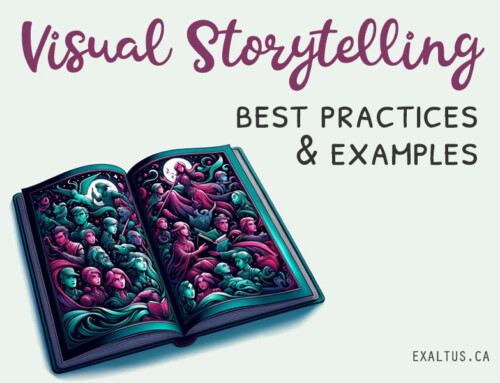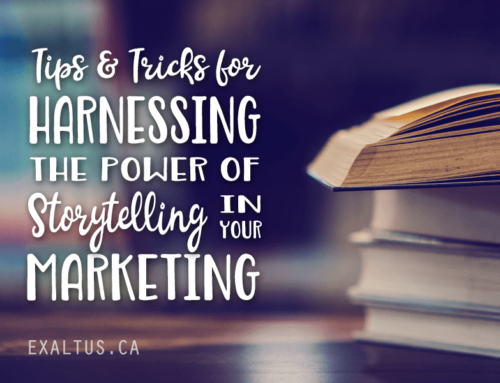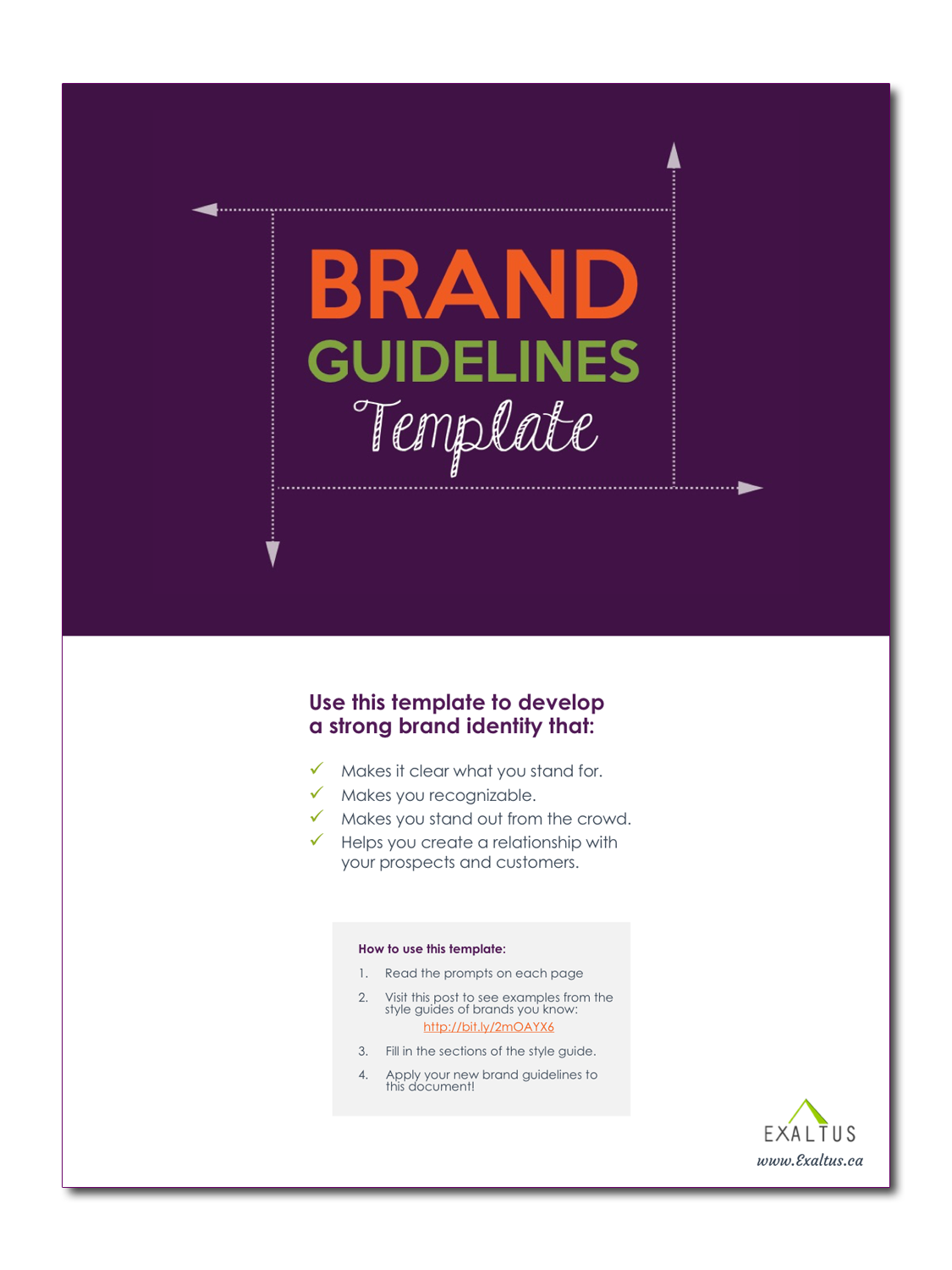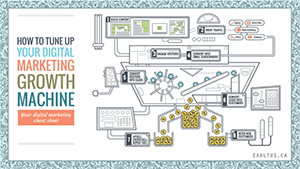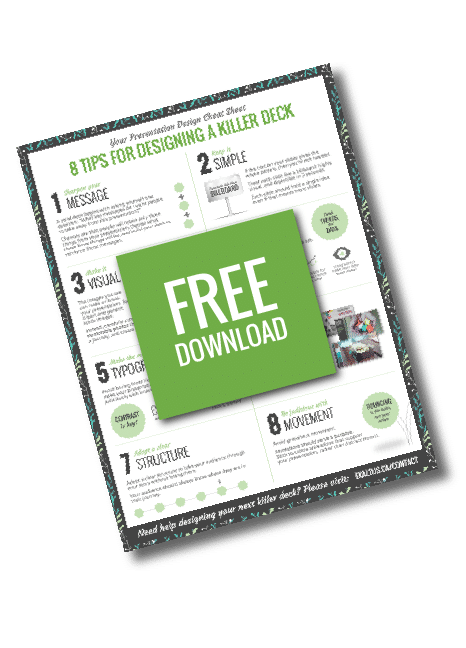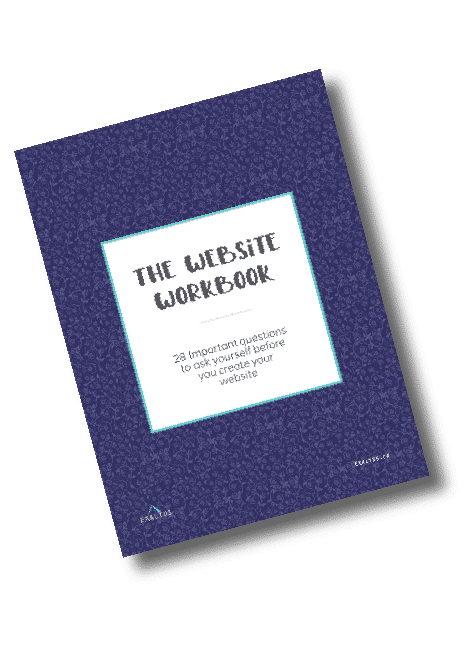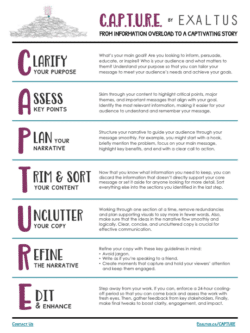In the creative and professional worlds, the ability to articulate complex ideas is invaluable, but often, the true challenge lies in planning how to do so.
This is where storyboarding and visual planning come into play, serving as critical tools for organizing your thoughts and mapping out a coherent narrative.
Whether you’re engaged in film production, corporate presentations, or even whiteboard animation like us, understanding the art of visual planning can drastically improve your storytelling efficacy.
The art of planning
What is storyboarding?
Storyboarding is more than just a planning technique; it’s a methodology for conceptual clarity and effective communication.
In its most basic form, storyboarding involves visualizing the different elements of your narrative or workflow to provide a tangible structure for your project.
This tool is versatile, finding applications across various industries such as filmmaking, business presentations, and animation.
Why plan visually?
The rationale behind visual planning is quite straightforward: it makes complicated ideas more digestible.
When you can see a complex process or narrative laid out in visual form, the path from conception to execution becomes less daunting and more actionable.
It’s a cornerstone in any project that necessitates not just effective visual storytelling, but also effective story “showing.”
Need help cutting through masses of complicated information?
You might find the help you need in this video, where we share the Exaltus CAPTURE framework – our proven method for overcoming information overload and transforming it into captivating stories.
For more details, check out our post on overcoming information overload and download the companion CAPTURE cheat sheet.
Storyboarding techniques: a visual guidebook
The classic approach
Traditional storyboarding employs sketches to illustrate the sequence of scenes or actions. This visual outline serves as your roadmap for the project. It helps ensure every part of your narrative has a place and flows logically from one point to the next.
Digital storyboarding
The digital age has transformed storyboarding into an even more dynamic process. Nowadays, various software tools offer intricate ways to visualize narratives.
This is particularly beneficial in modern, dynamic mediums like whiteboard animations where flexibility and adaptability are key.

Learn to explain complicated things in a simple way
Find out how to explain complicated things in a simple way that attracts and holds attention, builds trust, engages your audience, and moves them to act.
Elements of effective storyboards
Consistent symbols
Imagine a storyboard as a visual language. Using consistent symbols or icons creates a coherent lexicon that makes your storyboard more intuitive to understand. It sets the visual tone and style, ensuring everyone involved in the project is on the same page—literally and metaphorically.
Temporal indicators
Storyboarding isn’t just about “what” but also “when.” Temporal indicators like arrows, or simply numbered steps, offer a chronological guide through your visual plan.
This is crucial for understanding how the narrative will unfold over time, providing a temporal context that is often critical for comprehension.
Annotations
While visuals are potent, they can’t always stand alone. Annotations provide that extra layer of context, elaborating on the motives or the intricacies behind specific scenes or transitions.
This additional information can be invaluable in executing the vision as intended.
Visual planning in various mediums
Films and documentaries
In cinematic productions, storyboarding is indispensable for detailing shots, sequences, and transitions. It serves as a critical tool that aids directors, cinematographers, and other crew members in transforming a script into visual art.
Corporate presentations
In the corporate world, storyboarding can be the difference between a lacklustre presentation and a memorable one. It helps in organizing slides and strategizing the flow of information, ensuring that key points are emphasized and understood.
Whiteboard animation: a case in point
Whiteboard videos present a unique challenge, marrying visuals and narratives to elucidate often complex topics. Here, storyboarding serves as an effective visual planning tool, laying out the animation flow and ensuring that ideas are not just seen but also understood.
The pivotal role of visual planning
The role of storyboarding and visual planning cannot be overstated when it comes to tackling complex narratives. These tools serve as your guiding star, illuminating the path from ideation to realization.
Whether you’re sketching the next blockbuster, outlining a corporate strategy, or planning a whiteboard animation, a well-thought-out visual plan is the bedrock upon which successful storytelling is built.
Call to action
Are you ready to elevate your storytelling through the art of storyboarding and visual planning? Subscribe to our email list for specialized tips and techniques, or get in touch if you need a hand telling your story.

